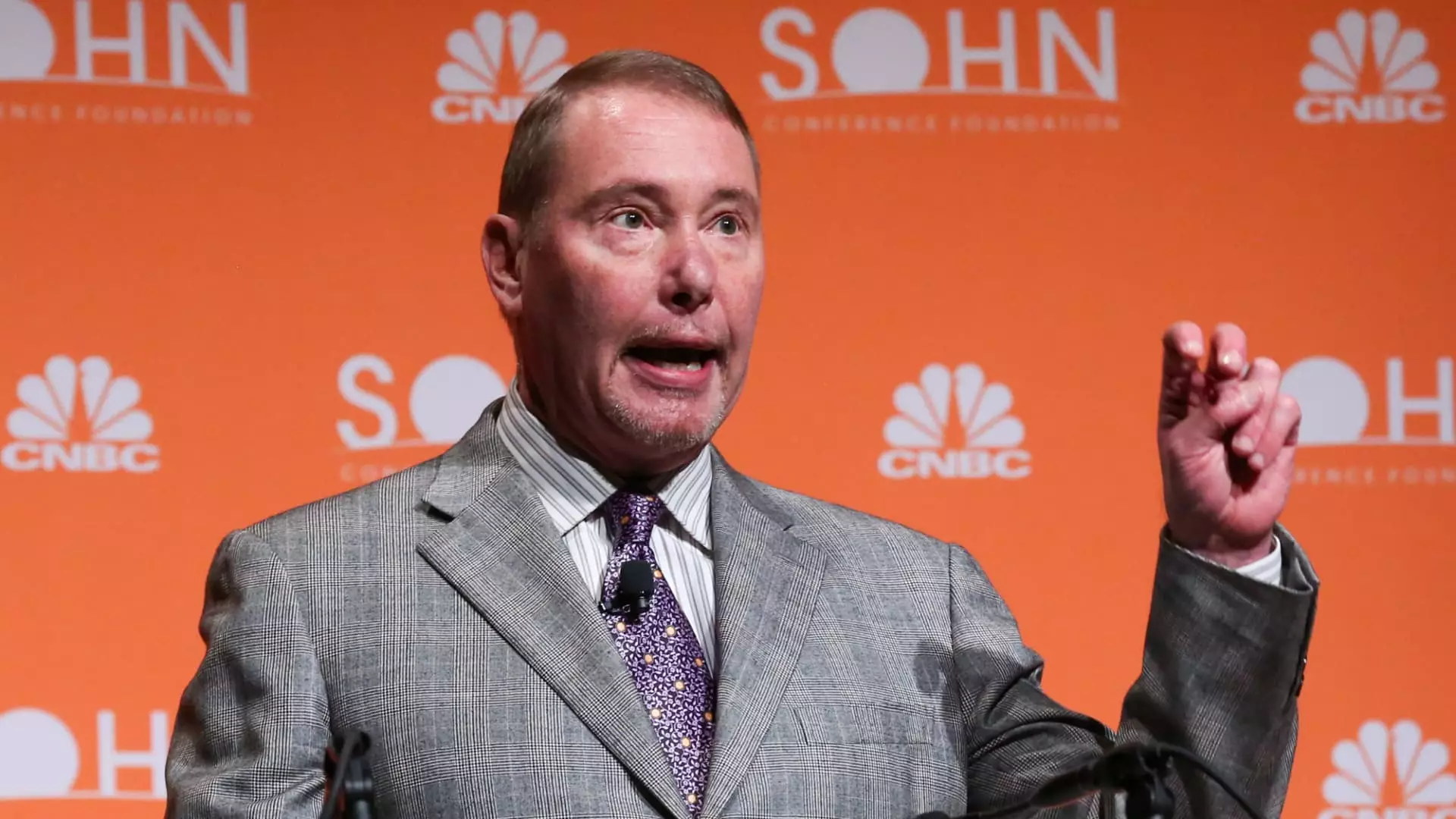In a recent interview on CNBC’s “Closing Bell,” Jeffrey Gundlach, the CEO of DoubleLine Capital, shared his reflections on the future of interest rates, underscoring a meticulous consideration of incoming economic data regarding labor markets and inflation. Gundlach’s perspective is rooted in a broader context in which the Federal Reserve remains circumspect, especially as the U.S. economy displays resilience. According to him, while there could be a potential for interest rate cuts in 2025, he believes that realistically, there is only room for one cut, with a maximum of two as unlikely prospects. Gunlach’s assertions signal a preference for prudence over optimism in monetary policy predictions.
Gundlach further elaborates that despite prior reductions by the Federal Reserve ending in 2024, any future cuts might be stymied by the existing strength of the economy. Chair Jerome Powell’s focus on maintaining stability in the labor market seems to play a key role in this cautious strategy, suggesting that unless substantial economic downturns occur, rate cuts could remain off the table for now. His analysis highlights that the current fiscal landscape is not conducive for rapid policy adjustments, advocating a slow and measured response from the central bank.
Long-Term Interest Rates: The Rising Tide
A significant portion of Gundlach’s commentary centers on the trajectory of long-duration Treasury yields. He suggests that even as the benchmark 10-year Treasury yield has risen by approximately 85 basis points since the Fed’s previous rate cuts, there is still potential for further increases. This view inherently challenges the prevailing expectations of stabilizing or declining rates in the near future. By suggesting that we have not yet witnessed the peak in long-duration rates, Gundlach invokes a sense of caution for investors anticipating a dip in interest rates.
This stance implies a critical reassessment of portfolios heavily weighted in high-risk assets. Gundlach’s caution towards aligning investments with fluctuating interest rates presents a rationale for adopting a more conservative investment strategy. The prevailing sentiment is that as long-term yields are anticipated to climb, investors might need to reevaluate their positions in riskier assets, as elevated valuations could expose them to adverse market movements.
Implications for Investors
The implications of Gundlach’s insights extend beyond mere predictions; they convey a paradigm shift for investors navigating the current economic climate. Gundlach’s recommendations emphasize the importance of understanding macroeconomic indicators and adjusting investment strategies accordingly. Higher interest rates may lead to reduced liquidity in the market, potentially triggering a downturn in asset prices that investors need to be wary of.
Furthermore, as the Federal Reserve signals its intention to maintain its current policy, investors should brace themselves for an environment characterized by volatility and uncertainty. This situation underscores the necessity of leveraging careful analysis and strategic foresight in asset allocation decisions.
Jeffrey Gundlach’s predictions serve as a vital reminder of the complex interplay between monetary policy, economic data, and investment strategies. His advocacy for a cautious approach to high-risk assets amid rising interest rates is not merely tactical; it calls for a deep understanding of economic fundamentals as stakeholders attempt to navigate a challenging investment landscape.

